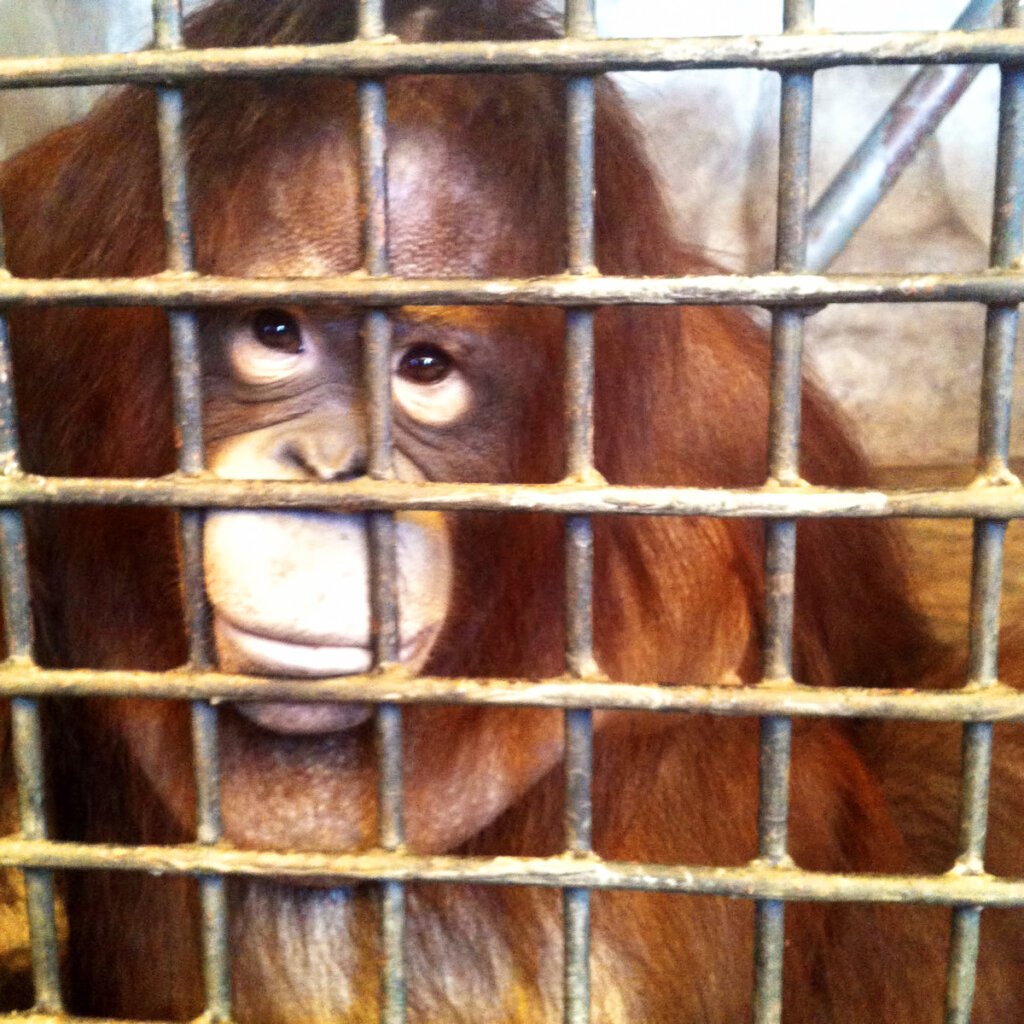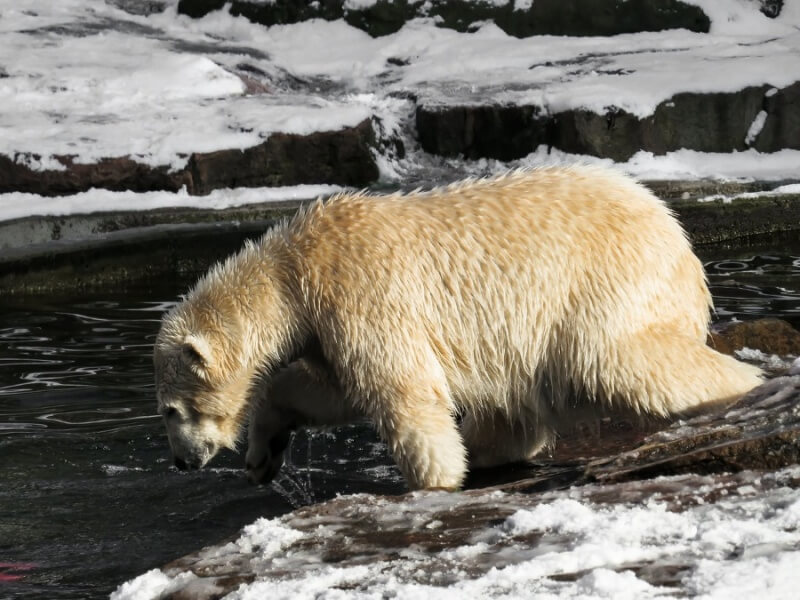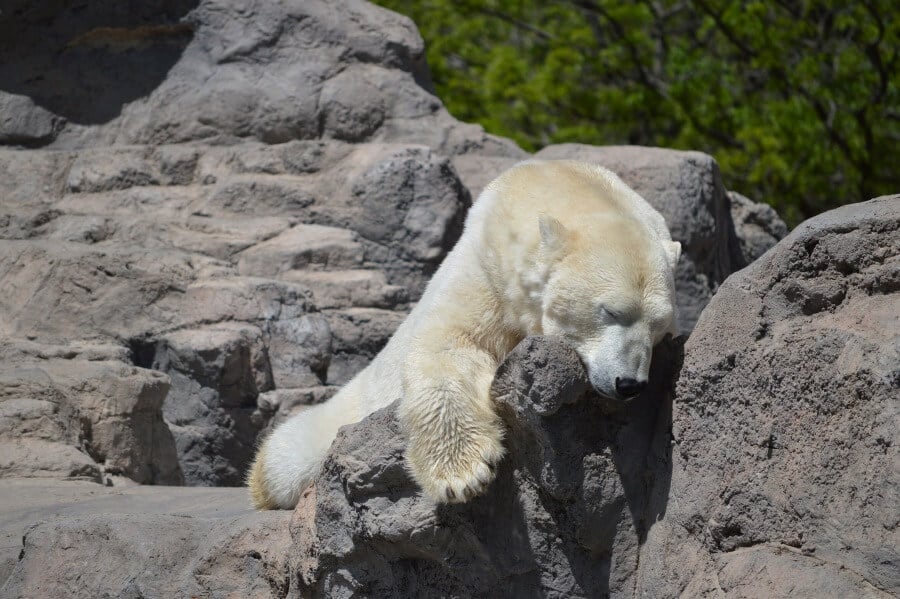
International Polar Bear Day: 4 Things Polar Bears Need – and How You Can Help
Today is International Polar Bear Day. Find out why these majestic bears are desperately in need of our support – and what you can do to help.
1. Polar Bears Need Space to Roam
In the wild, polar bears spend most of their day travelling. They routinely climb over snow banks or steep ridges and can even leap over cracks in the ice that are more than 6 metres wide! With a home territory that reaches 300,000 square kilometres and a travel range of 3,000 kilometres a year, polar bears are among the widest ranging terrestrial mammals on Earth.
In captivity, a typical polar bear enclosure is estimated to be just one-millionth the size of their natural home-range.
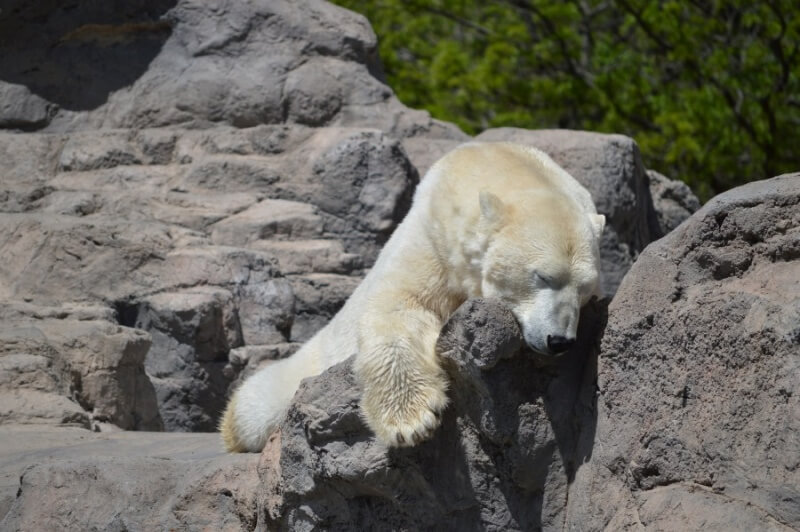
How You Can Help
Never visit zoos, circuses or abusement parks that imprison polar bears. Encourage your friends and family to do the same.
Video footage shows Suarez Bros. Circus transporting a polar bear named Alaska and six others in small cages and making them perform in hot, humid regions of Mexico and the Caribbean.
2. Polar Bears Need the Chance to Hunt
A highly evolved sense of smell means that polar bears can sniff out prey more than 1 kilometre away and under 1 metre of snow. They stalk their targets (usually seals) patiently, lying low at breathing holes until they get a chance to club them with their enormous paws.
Polar bears don’t have the chance to carry out this instinctual hunting behaviour in captive enclosures, which deny them everything that’s natural and important to them.
How You Can Help
Sea World on the Gold Coast is one of a number of places still holding polar bears captive. Spread the word, and encourage your friends and family not to support establishments that keep polar bears – or any animals – in captivity for human entertainment.
3. Polar Bears Need to Breed in the Wild
Although polar bears mate from March until June, females’ fertilised eggs don’t begin growing until August or September. During the time in which the fertilised egg lies dormant, the expectant mother bear stocks up on food, gaining up to 200 kilograms and almost doubling her weight before the summer sun breaks up the ice and makes it much harder to hunt.
Studies show that only 5 per cent of captive bear matings result in cubs, demonstrating that a natural habitat is essential for successful breeding.
Polar bears usually cannot be returned to the wild after living in captivity, especially if they’re born as the result of a breeding programme. Captivity denies them the opportunity to learn the essential skills that allow them to hunt and defend themselves.
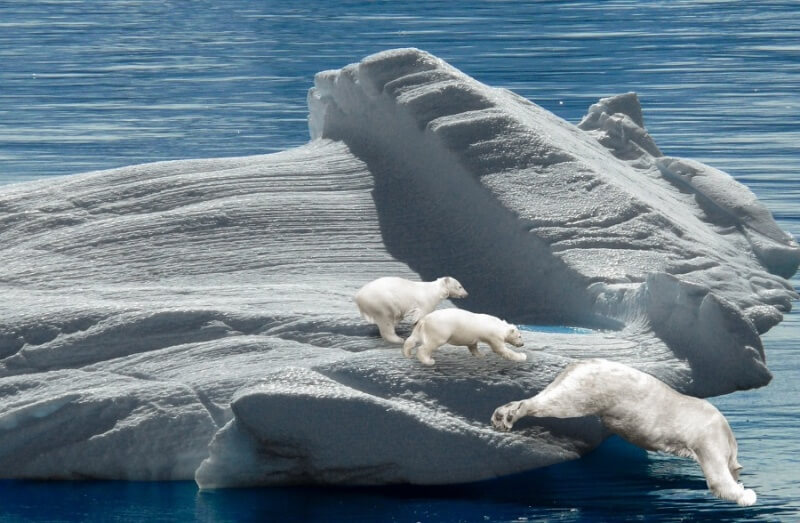
How You Can Help
Breeding programmes are designed to increase profits, enticing the public with the promise of seeing cute baby animals. Do not support any breeding projects in which animals are not returned to the wild.
4. The Arctic Needs Polar Bears as Much as Polar Bears Need the Arctic!
Polar bears are right at the top of the Arctic food chain, and humans are their only known enemy. Because of climate change, it is estimated that two-thirds of polar bears could disappear by 2050. Like any fragile ecosystem, the Arctic’s web of life could fall apart if these animals became extinct.
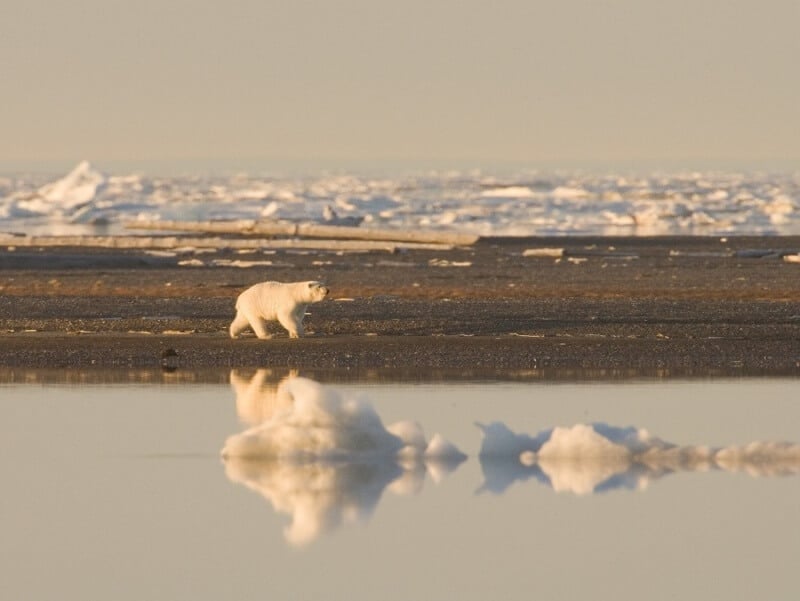
How You Can Help
There are many ways to decrease your carbon footprint:
- Go vegan! Animal agriculture is one of the top contributors to climate change. Find out more.
- Take public transport, ride a bike or carpool rather than commuting alone in a car each day.
- Turn off all appliances when not in use.
- Use LED energy-efficient light bulbs.
- Cut back on water and food waste, take shorter showers and be smart about your consumption.
You can also support organisations like Polar Bears International, which works to conserve polar bears and the sea ice they depend on.
On this international day – and every day – let’s make sure that we’re all doing our part to ensure that polar bears continue to thrive in their natural environment!
Help Animals in 2025: Renew Your PETA Membership!
